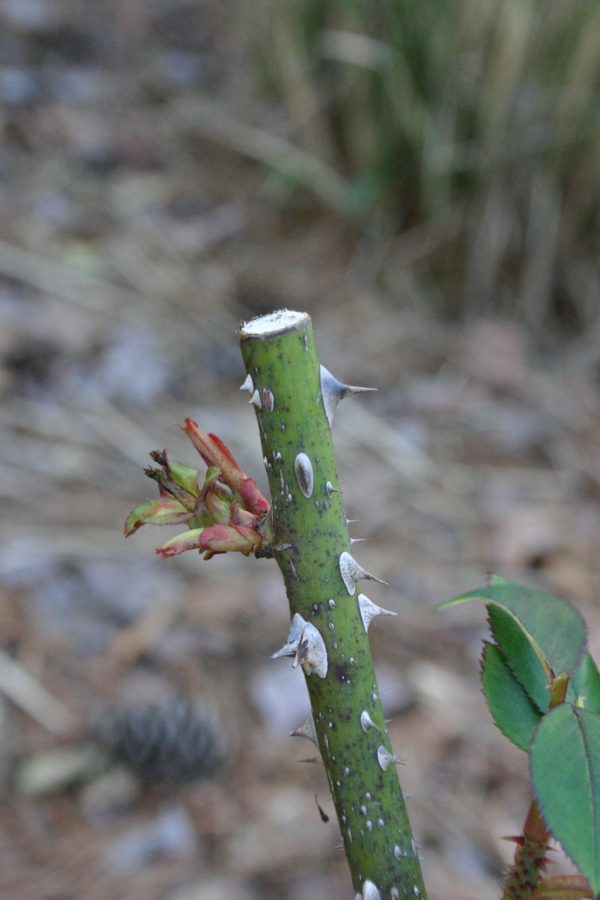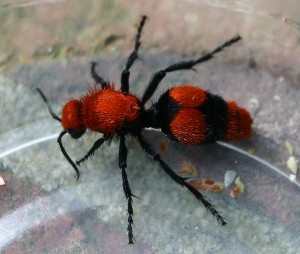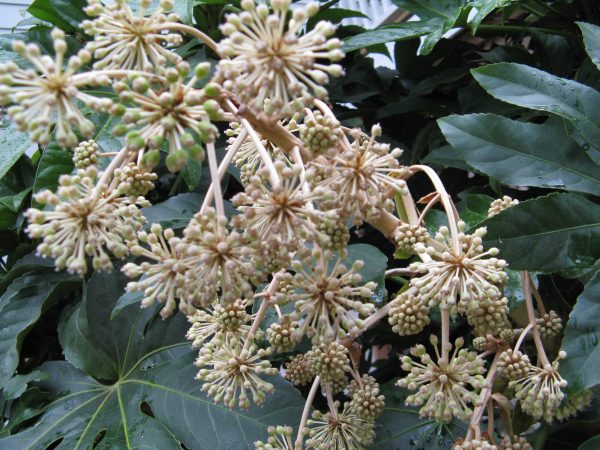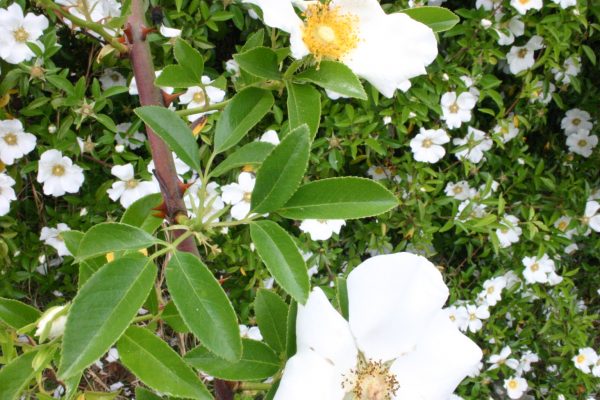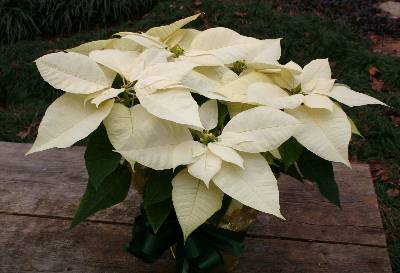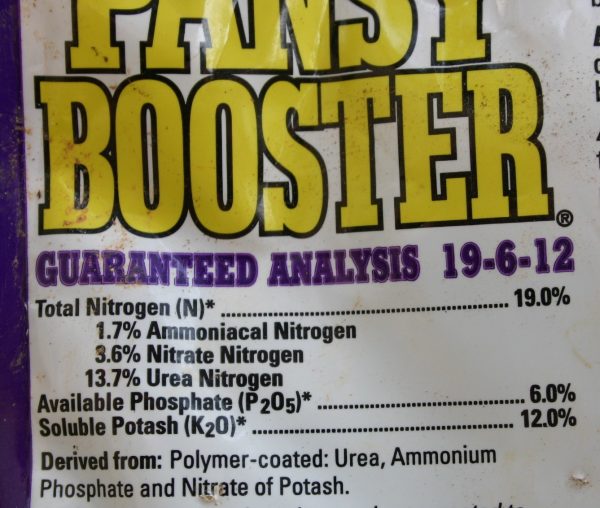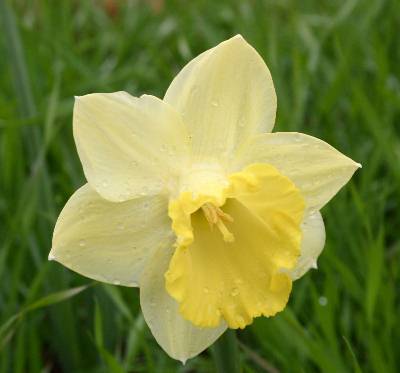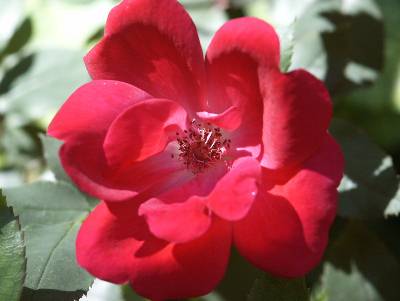Centipede – General Notes
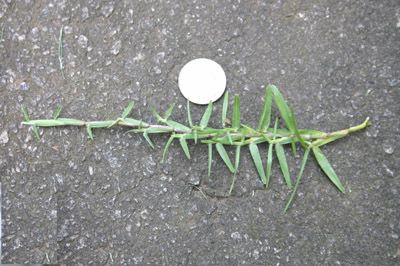
Information taken from
The Revised Georgia Gardener’s Guide
Walter Reeves and Erica Glasener
Centipedegrass (“The Poor Man’s Lawn!”) can be a very attractive turf, but it has advantages and disadvantages just like any other grass. In the first place, centipedegrass is a warm-season grass. It is green in the summer but goes dormant in the winter. Second, centipedegrass turf is a gray-green color. Some people prefer the deep green of a sodded bermudagrass lawn. Thirdmost, centipedegrass does require care and nutrients. Centipedegrass certainly has two advantages: it spreads rapidly by above-ground runners and it doesn’t grow very tall. Mowing is needed, but less frequently than other turfgrasses. Centipedegrass is a good alternative for some landscapes but a poor choice for others. Your choice of turf should depend on what you like and can maintain in your own landscape.
Color and Texture
Appearance is like St. Augustinegrass but the leaves are smaller and are lighter green in color. Dormant in winter.
Light Requirements
Full sun
When, Where, and How to Plant
Plant centipedegrass seed in early summer, before the hot, dry days of July. Sod can be planted any time between May and September. Seeds are slow to germinate and the seedlings require constant moisture to thrive. The soil must be tilled before planting. To spread the seed evenly, mix 1 part seed with 8 parts dry sand. Set the seed spreader to its smallest opening and push it over the lawn in several trips. Spread 1/4 pound of seed over 1000 square feet and lightly rake to cover the seed with earth. Lightly mulch the area with wheat straw and begin daily watering. It is imperative that the upper inch of soil be moist for the first two weeks. Depending on the weather during establishment, watering twice per day may be necessary.
Growing Tips
Centipedegrass can tolerate acid soil, but it grows much better in limed soil. If a soil test shows the pH to be less than 5.5, add lime to bring it up to pH 6.0. Centipedegrass is sensitive to excessive phosphorus in the soil; the typical centipedegrass fertilizer is 15-0-15. Apply 6 pounds of fertilizer per 1000 square feet in May, after the grass has turned green, and repeat in July. Centipedegrass tolerates drought by going semi-dormant. If you can’t water in the summer, don’t worry; when rain does come, the centipedegrass will turn green once again.
Care
Mow centipedegrass at a height of no more than 2 inches. Centipedegrass requires moderate to full sun. Light shade under pine trees is fine, but in deeper shade centipedegrass will become thin and weedy. Centipedegrass will decline if over-fertilized. Apply iron sulfate to acheive a green color without applying excess nitrogen. Frothy masses made by spittlebug nymphs may be noticed in May. Check with your Extension office (contact your county Extension office) for control recommendations.
I Also Recommend
‘Tifblair’ centipedegrass was developed to have improved cold tolerance by University of Georgia researchers. Tests conducted at Blairsville, GA. demonstrated that ‘TifBlair’ can survive severe winter temperatures.
see: UGA ‘TifBlair’ notes





